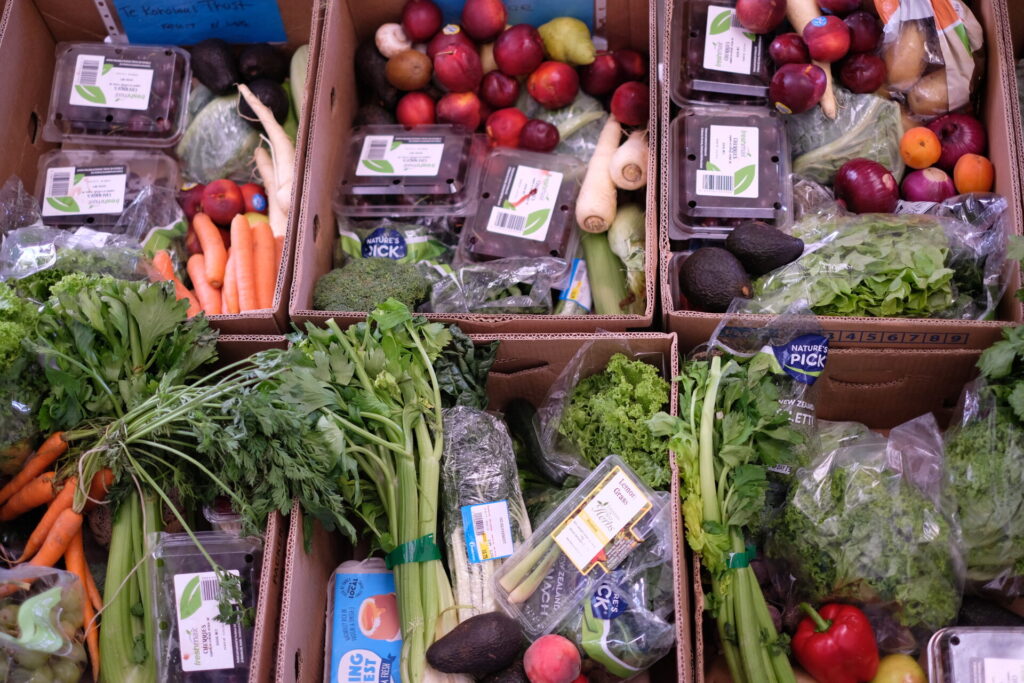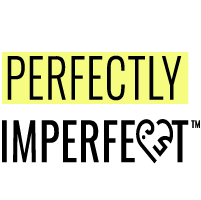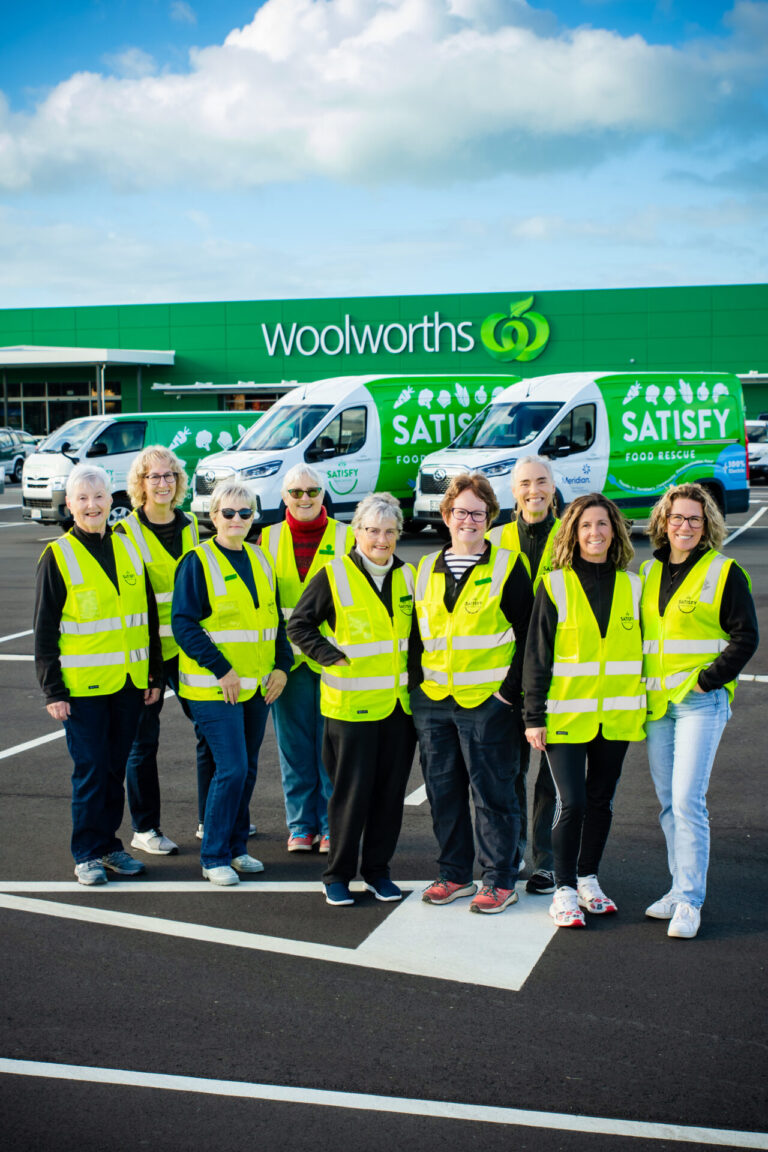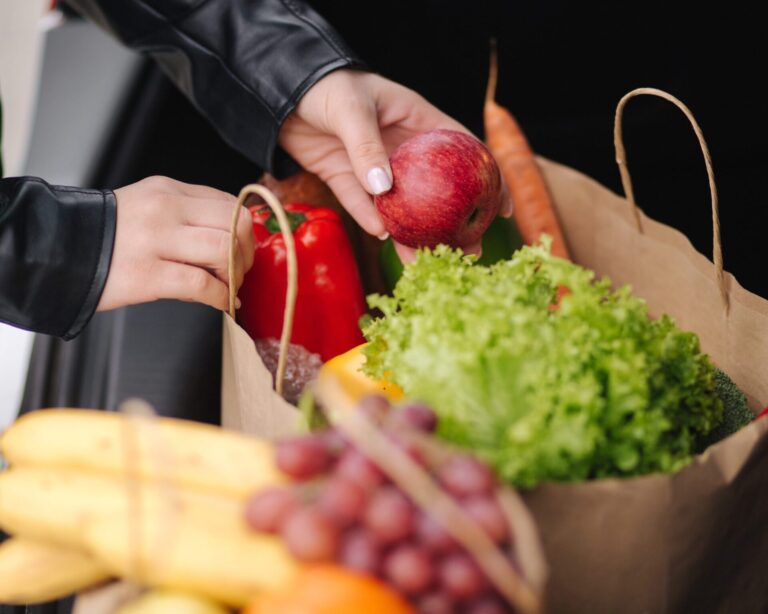Landfill or Lifeline? The Choice for Surplus Food in 2025 Should Be Obvious
Would you rather the fresh and free-of-charge food pictured below nourishes those in need or goes to waste in landfill? It seems like a far too obvious question, doesn’t it? But maybe not. Because there is a danger that in 2025, freely available food like this will decay in landfill, rather than easing the devastating state of food insecurity many New Zealanders find themselves in.

The food above is rescued food. Food that a supermarket will no longer sell, but is still perfectly good to eat. Thanks to the Good Samaritan clause, in New Zealand’s Food Act 2014, it can be donated. A food rescue organisation will collect it, sort it, and then safely distribute it to the community, often via food banks.
Last year, Aotearoa Food Rescue Alliance’s 36 members rescued 7,100,000kg worth of quality surplus food and were able to distribute the equivalent of 28 million meals. With 27% of children in Aotearoa living in homes where food runs out sometimes or often, this work is more crucial than ever. Yet with looming funding cuts, food rescue organisations are struggling to survive, putting this vital service at risk.
A Looming Funding Crisis
During the COVID-19 pandemic, food rescue became vital for supporting vulnerable communities. The government responded by investing in the Food Secure Communities programme, to meet surging demand, develop food security plans, and provide culturally appropriate kai.
While pandemic-related funding ended, the government wisely continued the programme at a smaller scale to address ongoing food relief needs. However, this funding will cease on 30 June 2025, despite both rising food insecurity and demand for food support. Every member of the Aotearoa Food Rescue Alliance reported an increase in demand for their service last year, with 70% reporting it was significant. Operating on shoe-strong budgets these organisations have stepped up to meet this demand, working tirelessly to meet the needs of their communities. In fact, AFRA members distributed over $73 million worth of surplus food in the past year, supplementing the $120 million the government spends annually on food grants. And when food grants are declined, government agencies refer people to food banks and food rescue organisations to get food. Organisations doing the government’s job deserve to be funded for their mahi.
Beyond Food Relief
The work of food rescue organisations goes beyond immediate food relief. They contribute to long-term food security by educating communities about making the most of kai, reducing food waste, advocating for systemic change, and collaborating with food producers and retailers to create a more sustainable food system. However, these efforts require stable funding and support.
But food rescue isn’t just about feeding people; it’s also about protecting the environment. When food ends up in landfill, it decomposes and produces methane, a greenhouse gas 25 times more potent than carbon dioxide. By rescuing surplus food, AFRA members prevented thousands of tonnes of carbon emissions last year. This aligns with New Zealand’s climate goals and demonstrates the power of food rescue to address both social and environmental challenges.
Building a Sustainable Future
As we move into 2025, we face a critical question: where should quality surplus food end up? Nourishing those in need, or in the dump, exacerbating climate change and wasting valuable resources? Continued government investment in food rescue is essential to ensure we make it the former. Corporate partnerships and community support are essential too.
This New Year, let’s resolve to value food as the precious resource it is. By supporting food rescue, we can fight food insecurity, protect the environment, and build a stronger, more resilient Aotearoa.





